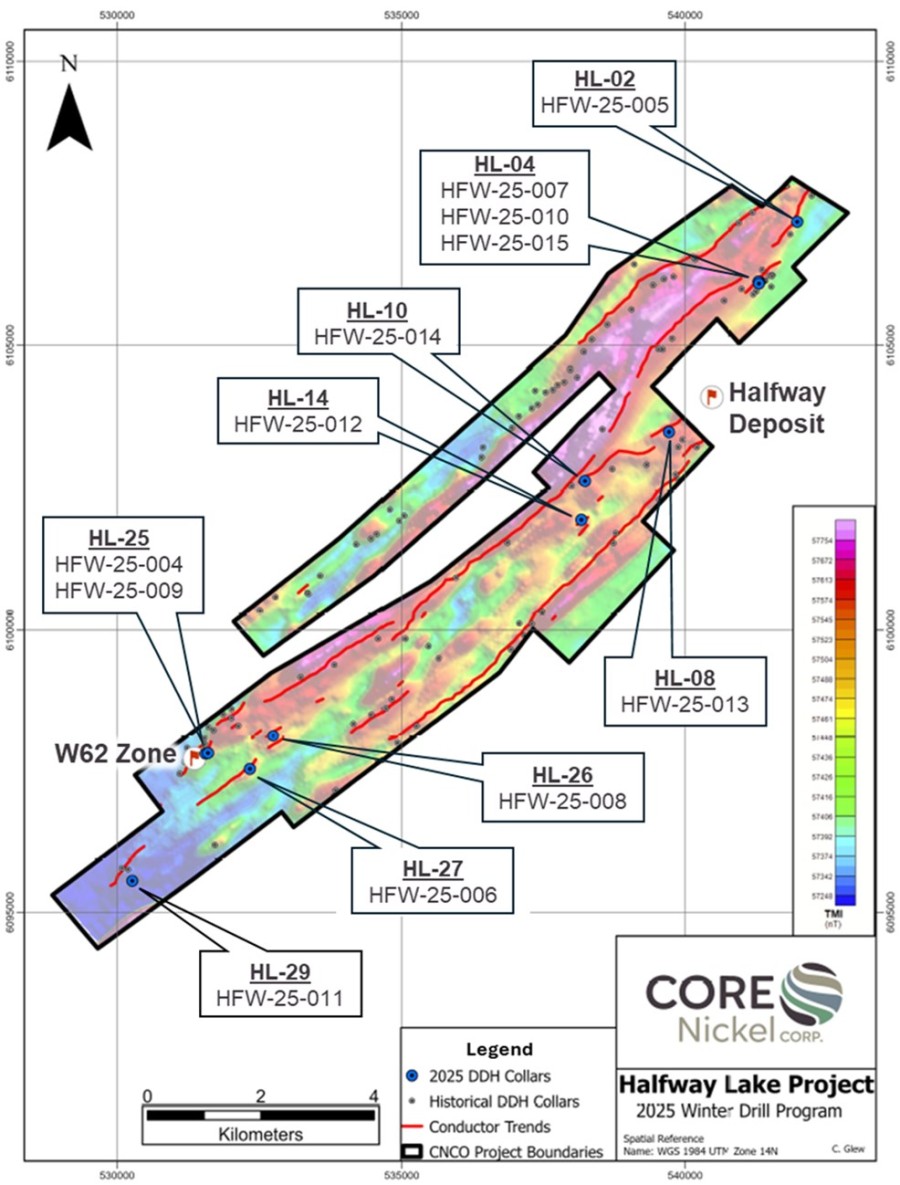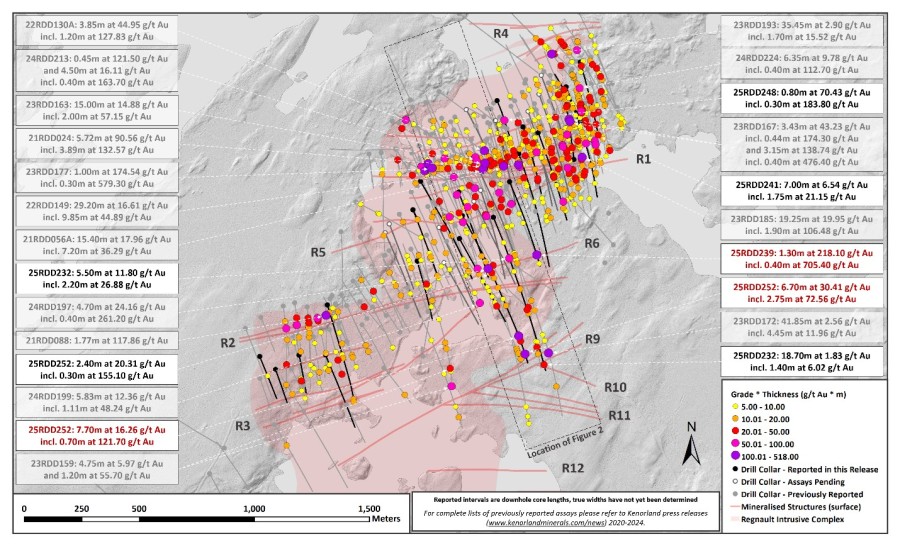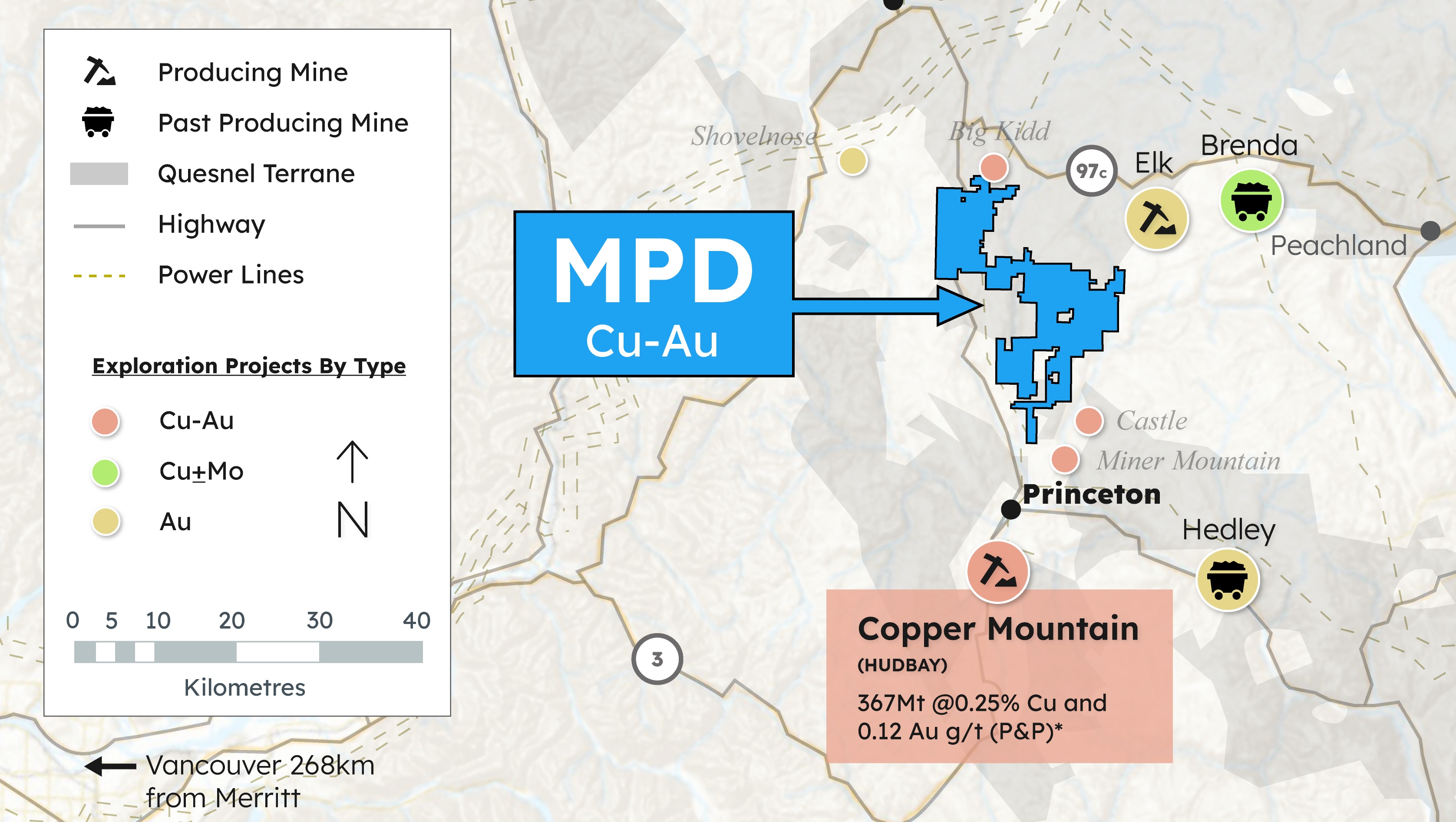VANCOUVER, Oct. 21, 2016 - Avino Silver & Gold Mines Ltd. (ASM: TSX-V, ASM: NYSE-MKT; "Avino" or "the Company") is pleased to announce the completion of an updated NI 43-101 resource estimate for the Company's Bralorne Property located near Gold Bridge, British Columbia. The resource estimate has been included in an updated NI 43-101 technical report prepared by Kirkham Geosystems Ltd., and this report will be available on SEDAR within 45 days.
"This new technical report marks a major milestone in our development towards reopening the Bralorne Mine," said Bralorne President and CEO David Wolfin. "Not only have we increased tonnage and gold ounces through a limited program, the updated figures give us essential information and validate our development strategy. Combined with a number of plant improvements and purchases of new equipment, the updated resource estimate represents a crucial step forward. I congratulate our entire Bralorne team."
The following is a summary of current resources at the Bralorne Property, grouped into the measured, indicated and inferred categories. The effective date of the resource estimates is October 20, 2016. The resource estimates were prepared by Garth Kirkham, P. Geo., who is a "qualified person" within the meaning of National Instrument 43-101, and who is an employee of Kirkham Geosystems Ltd. and independent of Avino, as defined by Section 1.5 of NI 43-101.
| CLASS | Measured | Indicated | Measured and Indicated | Inferred | ||||||||
| Tons | Au opt | Au Ounces | Tons | Au opt | Au Ounces | Tons | Au Opt | Au Ounces | Tons | Au opt | Au Ounces | |
| 51b FW | 8,294 | 0.26 | 2,176 | 33,466 | 0.20 | 6,596 | 41,760 | 0.21 | 8,772 | 147,691 | 0.19 | 28,785 |
| 51bFW/HW | 15,713 | 0.27 | 4,313 | 26,717 | 0.62 | 16,639 | 42,430 | 0.49 | 20,953 | 39,072 | 0.38 | 14,828 |
| Alhambra | 21,915 | 0.46 | 10,153 | 16,462 | 0.26 | 4,259 | 38,377 | 0.38 | 14,412 | 10,454 | 0.19 | 2,001 |
| BK | 50,501 | 0.33 | 16,822 | 50,501 | 0.33 | 16,822 | 50,430 | 0.16 | 8,064 | |||
| BK-9870 | 5,754 | 0.53 | 3,058 | 5,754 | 0.53 | 3,058 | 7,327 | 0.27 | 1,986 | |||
| BKN | 37,546 | 0.36 | 13,569 | 37,546 | 0.36 | 13,569 | 46,972 | 0.30 | 14,007 | |||
| Prince | - | 12,790 | 0.17 | 2,138 | ||||||||
| Shaft | 41,300 | 0.28 | 11,432 | 41,300 | 0.28 | 11,432 | 25,781 | 0.27 | 6,994 | |||
| Taylor | 15,455 | 0.16 | 2,510 | 15,455 | 0.16 | 2,510 | 23,010 | 0.22 | 5,097 | |||
| TOTAL | 45,922 | 0.36 | 16,643 | 227,201 | 0.32 | 74,885 | 273,123 | 0.33 | 91,528 | 363,527 | 0.22 | 83,900 |
Mineral Resources which are not mineral reserves do not have demonstrated economic viability. The estimate of mineral resources may be materially affected by environmental, permitting, legal, title, taxation, sociopolitical, marketing, or other relevant issues. The quantity and grade of reported Inferred resources in this estimation are uncertain in nature and there has been insufficient exploration to define these Inferred resources as an Indicated or Measured mineral resource and it is uncertain if further exploration will result in upgrading them to the Indicated or Measured mineral resource category.
The mineral resource estimate is classified in accordance with the Canadian Institute of Mining, Metallurgy and Petroleum's "CIM Definition Standards - For Mineral Resources and Mineral Reserves" incorporated by reference into National Instrument 43-101 "Standards of Disclosure for Mineral Projects".
Mineral Resources are reported at cut-off grades 0.1 ounces per ton gold.
Method of Calculation
It was determined that the 4' composite lengths offered the best balance between supplying common support for samples and minimizing the smoothing of the grades. The 4' sample length also was consistent with the distribution of sample lengths within the mineralized domains.
The method employed to address outlier grades was to limit the range of influence for gold values greater than 3 opt to 25 feet, which equates to the adjacent, adjoining two blocks. Outside of this range, the gold values are capped to 3 opt.
The estimation methods used for each of the nine veins was substantially the same. Mineral resources were estimated by inverse distance and verified by means of nearest neighbor and ordinary kriged methods, in addition to swathplot comparisons of estimates and visual inspections.
The Block Models used for estimating the resources were orthogonal and non-rotated with the exception of the Alhambra and the 51b veins which are reflective of the orientation of each deposit. The block size chosen was 16' x 4' x 16' for all models with the exception of the 51b veins has model dimensions of 20' x 20' x 4'.
The search strategy employed for all zones was using inverse distance squared (ID2) as the interpolator, using a 200' omni-directional search with a minimum of 3 composites, a maximum of 9 and a maximum of 3 composites per drillhole.
The average bulk dry density for the mineralized vein is 12.1 ft3/ton.
Solids volumes have been created of the mined out areas that were accounted for and extracted from the resource calculation.
Cut-off grades were applied to satisfy the condition of reasonable prospects for eventual economic extraction and were calculated using an estimate of costs, a gold price of US$1,300/oz and metallurgical recovery.
Classification of resources was based on the Canadian Institute of Mining (CIM) definition standards, where distance to nearest composite was used as a guide and measured resources were within 25 ft, indicated within 50 ft and inferred within 100 ft. Final classification of resources was based on the Canadian Institute of Mining (CIM) definition standards, which dictates that continuity must be demonstrated. The spacing distances are intended to define contiguous volumes, and they should allow for some irregularities due to actual drill hole placement. The final classification volume results were smoothed manually to come to a coherent classification scheme.
Comparison to 2012 Resource Estimate
The difference between the 2012 and the 2016 estimates are: a 53% increase in tons and 7% increase in grade for measured; 62% increase in tons and 27% in grade for indicated; and 34% increase in tons with a decrease of 17% in grade for the inferred. Key factors that have resulted in the changes in resources from 2012 to 2016 include:
- Additional data and information.
- Exclusion of 52 and King veins due to access and data issues.
- Addition of three new veins namely; Alhambra, Prince, Shaft and the BK-9780 splay off of the BK zone.
- Exclusion of the 800 stockpile and BK broken inventory which have either been processed or not accessible. There is approximately 2,450 tons in low grade stockpiles which have not been reported as the grade in not known but is thought to be approximately 0.1 ounces per ton but not verified.
- Differences related to the estimation plan used for interpolating the resources.
Qualified Person(s)
Avino's Bralorne project is under the supervision of Fred Sveinson, P. Eng, BSc, an Avino Consultant and Mr. Jasman Yee P. Eng, Avino director, who are both qualified persons within the context of National Instrument 43-101. Mr. Sveinson, Mr. Yee and the technical report author, Mr. Garth Kirkham, P. Geo., have all reviewed and approved the technical data in this news release except for the quotes.
About Avino
Avino is a low-cost primary silver producer. Avino's mission is to create shareholder value through profitable organic growth at the Avino property near the city of Durango, Mexico, and the Bralorne property in southwestern British Columbia, Canada. We are committed to managing all business activities in an environmentally responsible and cost-effective manner while contributing to the well-being of the communities in which we operate.
For more information, please visit Avino's website at www.avino.com
Source: Avino Silver & Gold Mines Ltd.





